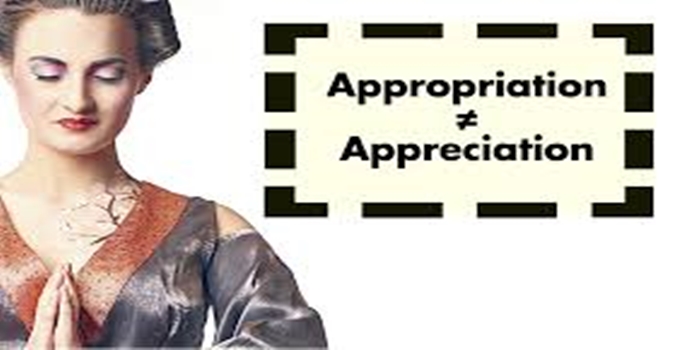Cultural appropriation. You’ve probably seen the term pop up on social media, in news articles, or even in heated conversations about fashion, music, or food. But what does it actually mean? And why do people care so much about it?
What Is Cultural Appropriation?
At its core, cultural appropriation is when someone takes elements from a culture that is not their own—especially a culture that has been historically marginalized or oppressed—and uses it in a way that strips it of its original meaning, without proper understanding, respect, or context.
It’s not the same as cultural exchange, which is about mutual sharing, respect, and collaboration between cultures. Cultural appropriation, on the other hand, often happens when the dominant group “borrows” from a minority culture in a way that reinforces power imbalances.
Common Examples
You might see it in:
. Fashion: A designer using Indigenous headdresses on a runway just because they look “cool,” without understanding their spiritual significance.
. Music: Artists profiting from musical styles that originated in Black communities, without acknowledging the roots or giving credit.
. Costumes: Dressing up as a “geisha,” “Native American,” or in stereotypical attire for Halloween or festivals.
. Language: Using slang or dialects from another culture in a joking or mocking way.
Why It’s a Problem
People often say, “But I’m just appreciating the culture!” — and that might be the intention. But intent doesn’t erase impact.
When cultural elements are taken out of context and commercialized, the people from that culture often don’t benefit. Worse, they may still be discriminated against for practicing their own traditions while others get praised or paid for doing the same thing.
For example: Black people have been criticized or even penalized for wearing natural hairstyles like cornrows or locs, while celebrities may wear those same styles and be called “edgy” or “trendy.”
Appreciation vs. Appropriation
So how do you appreciate a culture without appropriating it?
Here are a few things to consider:
. Learn the history: Understand the significance behind what you’re using or wearing.
. Support creators from that culture: Buy art, clothing, or music from the communities that created them.
. Ask yourself why: Are you using this cultural element to look “cool” or “exotic”? Would you be okay if someone from that culture saw you?
. Listen when people speak up: If someone tells you something is offensive or hurtful, don’t get defensive. Learn why it matters to them.
It’s Not About Sharing (or borrowing)
Let’s get this out of the way first. Cultural appropriation is not about cultural exchange, appreciation, or the natural evolution of globalized societies. No one is arguing that cultures shouldn’t influence each other, or that we should live in isolated cultural silos. In fact, true cultural exchange is a beautiful, enriching process that fosters understanding and connection.
Think of it this way: sharing a recipe, learning a language, admiring an art form, or even being inspired by a fashion trend from another culture, when done with genuine respect, understanding, and acknowledgment of its origins, is a testament to the richness of human diversity.
Why the Conversation Matters
Talking about cultural appropriation isn’t about “canceling” people or gatekeeping culture. It’s about respect, context, and power. It’s about making sure that the people who have kept their cultures alive—often despite colonization, racism, or erasure—are recognized, heard, and honored.
Culture is beautiful. Sharing can be beautiful, too. But only when it’s done thoughtfully, respectfully, and with awareness of the bigger picture.
Cultural appropriation is a complex issue, deeply rooted in historical injustices and power imbalances. By moving beyond the knee-jerk reactions and engaging with its true meaning, we can foster a more respectful, equitable, and genuinely appreciative global community. It’s not about stopping cultural flow; it’s about ensuring that flow is respectful, reciprocal, and acknowledges the dignity and contributions of all.
READ: Understand Cultural Differences


